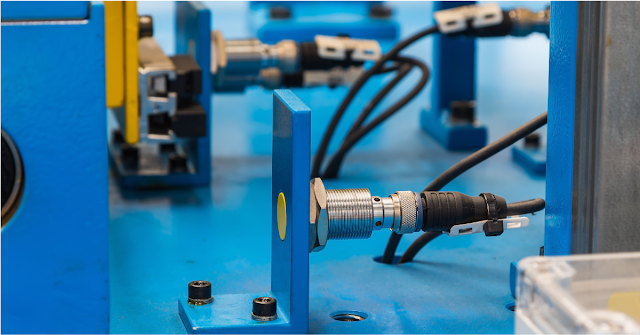In the world of automation, robotics, and CNC machinery, choosing the right motor is crucial. Two popular types are the stepper motor and the servo motor. While both are used for precise motion control, they differ significantly in performance, cost, and complexity. This guide will help you understand the difference between stepper motor and servo motor, so you can select the best option for your specific application.
What is a Stepper Motor?
A stepper motor is an electromechanical device that moves in discrete steps. It rotates in fixed increments, which makes it ideal for applications that require precise positioning without feedback systems.
Key Features of Stepper Motors:
-
Moves in fixed steps (e.g., 1.8° per step).
-
Open-loop control (no feedback needed).
-
High torque at low speeds.
-
Simple to control using stepper drivers.
-
Best for low-speed, high-precision applications.
What is a Servo Motor?
A servo motor is a closed-loop system that uses feedback to control position, speed, and torque accurately. It offers smoother motion and higher efficiency than stepper motors.
Key Features of Servo Motors:
-
Uses encoder feedback for precise control.
-
High efficiency and torque at varying speeds.
-
Better performance for dynamic or high-speed applications.
-
Requires more complex controllers and tuning.
-
Ideal for industrial automation
Which One Should You Choose?
If you're working on a budget-friendly project that requires simple and precise movements, a stepper motor is a great choice. However, if your application demands high speed, torque, and reliability, especially under varying loads, a servo motor will offer superior performance despite the higher cost.
Conclusion
Understanding the differences between stepper motors and servo motors is essential for making informed design decisions in automation and robotics. Consider your application's requirements—budget, speed, torque, and precision—before choosing.







0 Comments